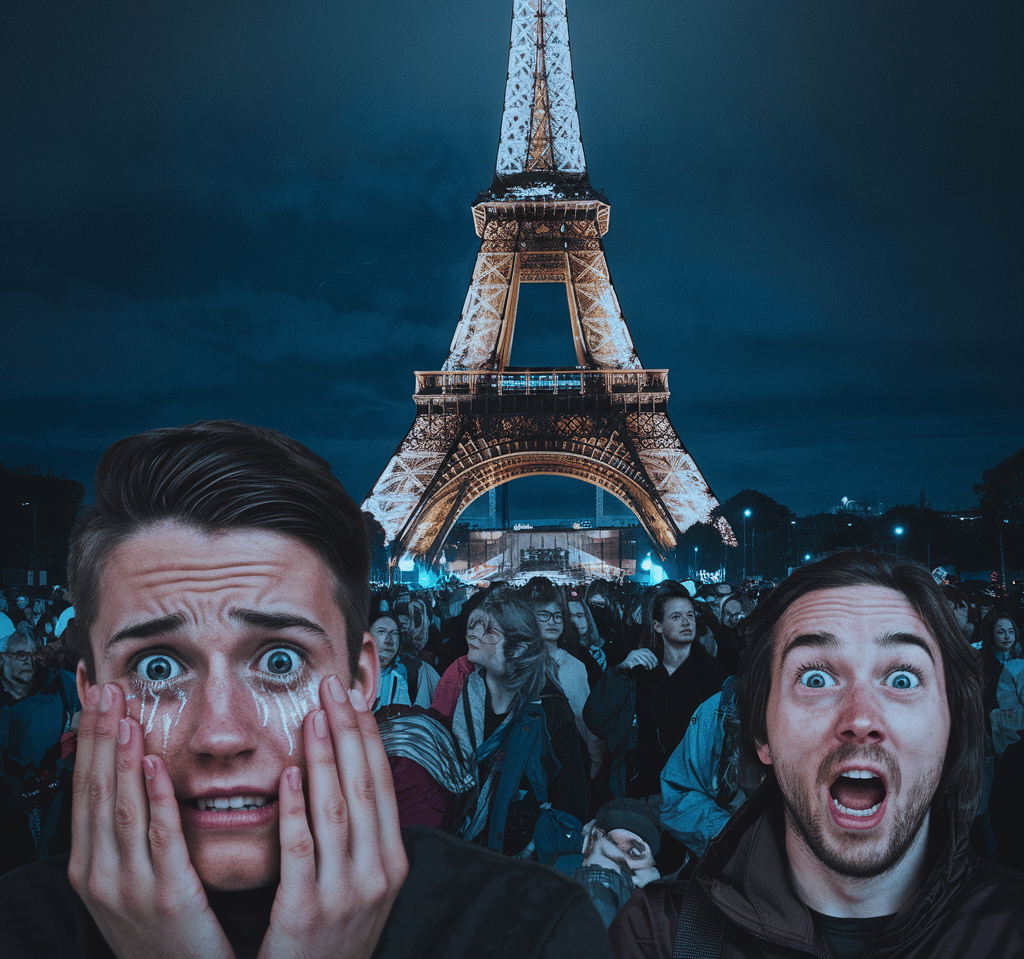Lost in Translation: The Curious Cases of Paris Syndrome and Stendhal Syndrome
Travel, they say, broadens the mind. But for some unfortunate souls, it does so with the subtlety of a sledgehammer. Two peculiar phenomena, known as Paris Syndrome and Stendhal Syndrome, turn otherwise normal vacations into psychological sagas worthy of a Netflix drama. What happens when a postcard-perfect destination turns into a hall of mirrors reflecting our deepest anxieties or overwhelming emotions? Fasten your seat belts; this is going to be a bumpy ride.
7/2/20253 min read


Paris Syndrome: When the City of Light Flickers
Paris: the name alone conjures images of the Eiffel Tower, croissants, and love-struck couples strolling along the Seine. But for a small number of tourists, particularly Japanese visitors, the dream of Paris turns into an existential nightmare. Paris Syndrome—first identified in the 1980s by Japanese psychiatrist Hiroaki Ota—is a form of acute culture shock that leaves victims disillusioned, dizzy, and sometimes hospitalized.
What triggers this psychological meltdown? Blame it on the clash between fantasy and reality. Many arrive expecting a city that lives up to its cinematic reputation: elegant, romantic, and spotless. Instead, they’re met with rude waiters, graffiti, and the unmistakable aroma of uncollected garbage wafting through Montmartre. A 2006 article in Le Figaro even chronicled the case of a Japanese woman who fainted upon seeing a waiter argue with a customer—a far cry from the genteel Paris of her imagination.
One Parisian tour guide, accustomed to witnessing such breakdowns, described it as “watching someone’s dream crumble like a soggy croissant.” Medical intervention often includes counseling and—ironically—a one-way ticket back home. The cure? It seems Paris Syndrome’s only true antidote is lowered expectations.
Stendhal Syndrome: Beauty So Intense It Hurts
On the other side of the emotional spectrum lies Stendhal Syndrome, named after the 19th-century French writer who nearly fainted while viewing the frescoes of Florence’s Basilica di Santa Croce. Unlike Paris Syndrome, which stems from disappointment, Stendhal Syndrome is a result of overwhelming awe. Victims—often art lovers—find themselves breathless, dizzy, and tearful in the presence of great beauty.
Florence, with its treasure trove of Renaissance masterpieces, is ground zero for this affliction. In fact, Italian psychiatrists coined the term in the 1970s after observing a steady stream of dazed tourists wandering out of the Uffizi Gallery like survivors of a cultural hurricane.
Take the case of a British tourist in 2018 who collapsed before Botticelli’s The Birth of Venus. Her partner, a bewildered accountant from Leeds, reportedly muttered, “I told her to pace herself, but she wouldn’t listen.” The couple’s trip ended with an unplanned hospital visit, though she later claimed the episode was “worth it.”
The Psychology of Wanderlust
What makes these syndromes so fascinating isn’t just their absurdity but what they reveal about our relationship with travel. In an age of Instagram filters and curated itineraries, destinations are no longer just places; they’re stages for our fantasies. When reality doesn’t cooperate, the results can be jarring—or, in extreme cases, debilitating.
Conversely, Stendhal Syndrome reminds us that beauty, when encountered in its purest form, has the power to overwhelm. It’s a visceral reaction to something our rational minds can’t fully process, a reminder that art and nature can still leave us awestruck in an age of digital desensitization.
Other Travel-Induced Oddities
If Paris Syndrome and Stendhal Syndrome aren’t quirky enough, consider other travel-induced phenomena. Jerusalem Syndrome, for instance, causes some visitors to the Holy City to believe they are biblical figures. The syndrome’s greatest hits include a man dressed in a white bedsheet proclaiming himself John the Baptist in the middle of the Via Dolorosa.
Then there’s India Syndrome, where Western travelers seeking enlightenment in the ashrams of Rishikesh sometimes end up in psychiatric wards instead. Think Elizabeth Gilbert’s Eat Pray Love, but with less praying and more panicking.
How to Travel Without Losing Your Mind
The lesson here is not to avoid travel but to approach it with a sense of humor and a dash of humility. Lower your expectations, pace yourself in art galleries, and remember that even the most magical destinations are still part of the real world. If you find yourself overwhelmed, take a deep breath—or a selfie. After all, nothing brings perspective like posting your woes to social media and realizing how ridiculous they look with the Valencia filter.
So, the next time you pack your bags, consider that the world is both more mundane and more marvelous than you’ve imagined. Whether you’re fainting in Florence or fuming in Paris, travel has a way of reminding us that it’s not just the destination that matters, but the stories we bring back—however surreal they may be.
Itineround
Discover itineraries and maps of world cities.
email - itineround@gmail.com
© 2024. All rights reserved.